Baraja Canaria
Comic courts and non-standard suits representing the Canary Islands, with designs by Eduardo Millares Sall.
Millares Sall was the creator of the cartoon character Cho Juáa (written as Cho-Juaá on the 4 of Coins) who appears on all the Kings in this pack. Cho Juáa (Don Juan) has been described as the “typical village opportunist” of the Canary Islands. The angular designs are indeed comic, with the Knights riding donkeys and the Jacks looking distinctly miserable while smoking. All the courts have red noses. The non-standard suits are named on each Ace – gofio (local staple food shaped into maps of the islands), gánigo (clay pots), naife (Canarian knife), and tollo (sticks of dried shark meat). On the predominantly blue reverse is an advertisement for Artemi rum. See the box►
The pack was originally issued in 1965 (see 4 of Coins) but reprinted in 1985 for Artemi, S.L., a rum producer in Gran Canaria. Packs with different advertisements on the reverse are also known (eg. Banco de Canarias). It was also reprinted in 1995 by Naipes Comas.

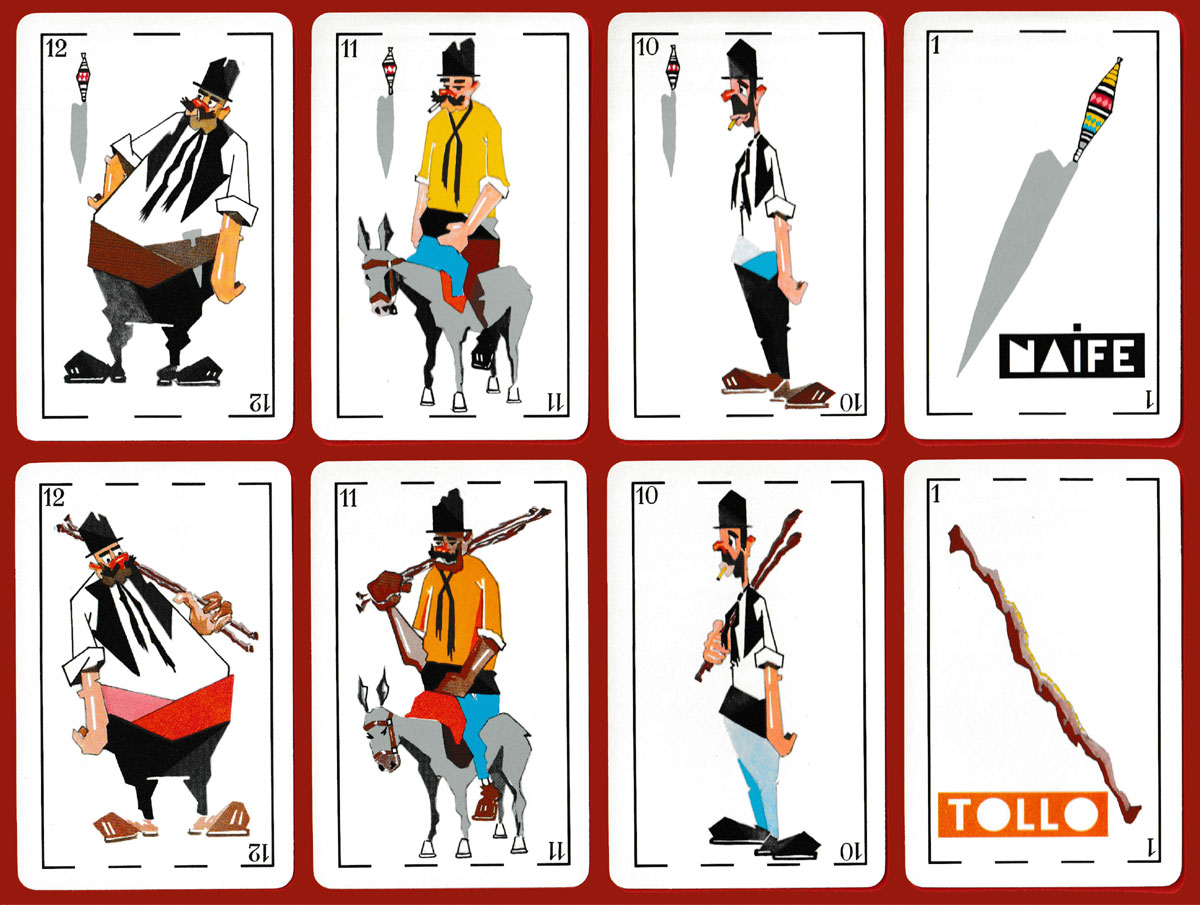

Above: Baraja Canaria printed by Heraclio Fournier, S.A., Vitoria, Spain, for Artemi, S.L., Gran Canaria, 1985. 40 cards in tuck box. Size: 61.5 x 95 mm. The back of the box merely reproduces the advertisement on the back of the cards.
This pack is item no. 787 in the Fournier Museum catalogue (Vol. 1). There it is stated incorrectly that the designs are by “Cho-Jurá”.
References
Encyclopedia of contemporary Spanish culture: Cho Juáa►
José M. Esteban in “Autores científico-técnicos y académicos”: Vocabulario canario guanche►
By Roddy Somerville
France • Member since May 31, 2022 • Contact
Roddy started collecting stamps on his 8th birthday. In 1977 he joined the newly formed playing-card department at Stanley Gibbons in London before setting up his own business in Edinburgh four years later. His collecting interests include playing cards, postcards, stamps (especially playing cards on stamps) and sugar wrappers. He is a Past President of the Scottish Philatelic Society, a former Chairman of the IPCS, a Past Master of the Worshipful Company of Makers of Playing Cards and Curator of the WCMPC’s collection of playing cards. He lives near Toulouse in France.

Related Articles
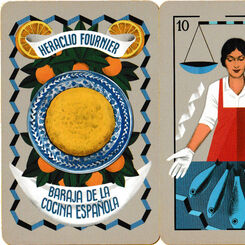
Baraja de la Cocina Española
A celebration of Spanish gastronomy, with designs by Silja Götz employing non-standard suits.
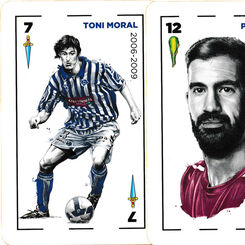
Deportivo Alavés 1921-2021
Drawings by Guillem Bosch of famous Alavés footballers in celebration of the club’s centenary.
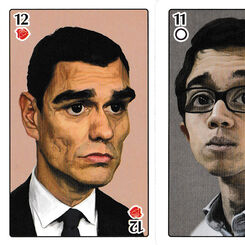
Líneas rojas 2016
Semicaricatural images of Spanish politicians by Jordi Minguell, combined with non-standard suits. ...

Jeu des 7 familles basques
A Happy Families-type game from the Basque country, with designs by Soledad Bravi and Agathe de Las...
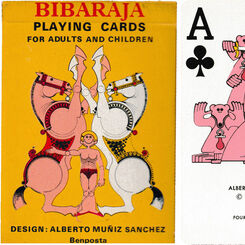
Bibaraja
Amusing designs of boys as circus performers by Alberto Muñiz Sánchez.
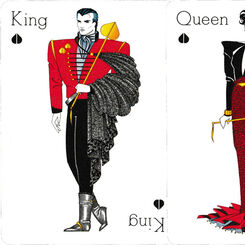
Paco Lobo
Highly original and striking designs by Paco Lobo for the fashion house of the same name.
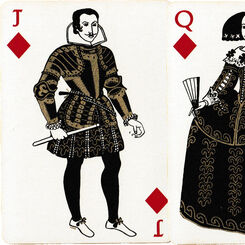
Loewe: Moda Europea Siglo XVII
Luxury pack for the Spanish fashion house Loewe, with 17th century costume designs by Margot Hamilto...
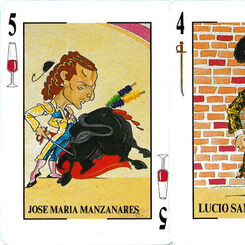
Toros: De El Cordobés a Espartaco
Publicity pack for the Spanish newspaper Ya with caricatures of famous bullfighters by Fernan...
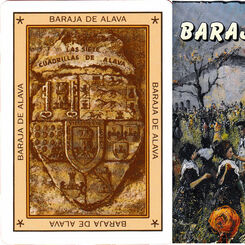
Baraja de Alava
55 different paintings by Emilio Lope depicting the history and culture of Vitoria and the province ...

Naipes de Personajes Granadinos
Forty famous men and women with links to Granada, on a pack designed by Rubén Garrido.

Bankunión playing cards
Ingredients and recipes for 24 dishes from different regions of Spain.
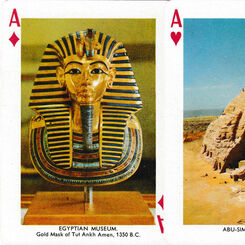
Souvenir Playing Cards of Egypt
55 different photographic views of Egypt in full colour.
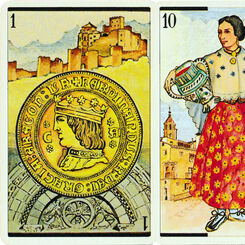
Baraja Aragonesa
Celebrating the costumes, architecture, coins and crafts of Aragon in Spain, with designs by Raúl Ro...
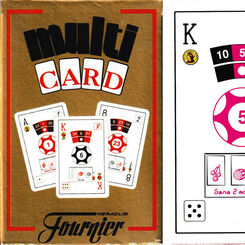
Multicard
A Spanish-suited pack with multiple uses including roulette and dice.
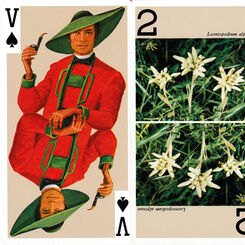
The New Game of Tarot (or Tarock)
Regional costumes and alpine flora on a French Tarot game pack marking 600 years of playing cards in...

Festa Major de Vilafranca 1988
Colourful figures associated with the annual festival held in Vilafranca, Catalonia.
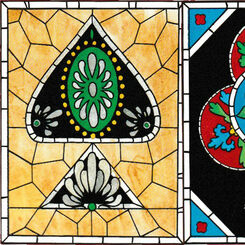
Crystal Time
Colourful and attractive designs by Violeta Monreal, inspired by stained glass through the ages.
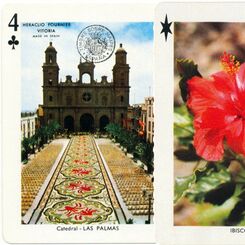
Canary Islands Souvenir
Canary Islands Souvenir by Heraclio Fournier, c.1970.
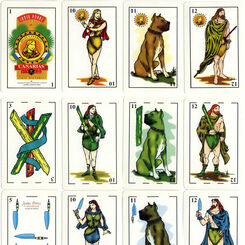
Baraja Canaria
‘La Auténtica Baraja Canaria’ was published in 1995 by Justo Pérez as an expression of the history a...
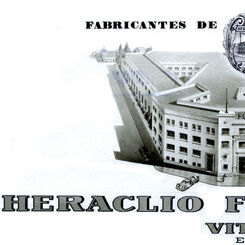
Heraclio Fournier S.A.
Founded in 1868, today it is part of Cartamundi.
Most Popular
Our top articles from the past 60 days






















